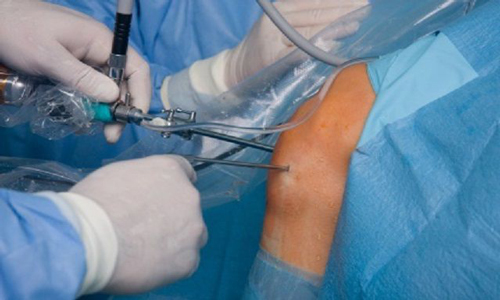
ARTHROSCOPY
Its a surgical procedure used to visualize, diagnose, and treat problems inside a joint.It is also known as Key Hole Surgery.
A small incision is made on patients skin and then inserts pen sized instruments that contain a camera to magnify and visualize the structures inside the joint.
Indications
Arthroscopy is utilized to confirm the finding made through history, physical examination and Radiological examinations (X beams and MRI ) , Once conclusion is confirmed treatment should likewise be possible through arthroscopy.
Common conditions treated with arthroscopy are:
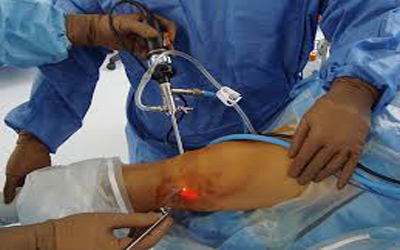
Knees
- ACL.
- Dislocated Kneecap.
- Torn Meniscus Cartilage.
- Damaged Meniscus (requiring extensive repair).
- Plica Syndrome.
- New Cartilage Stimulation (known as microfracture).
- Cartilage Transfer (known as autologous chondrocyte implantation).

Shoulders
- Torn Rotator Cuff.
- Labral Tears.
- Tendonitis.
- Bursitis.
- Arthritis.
- Frozen Shoulder.
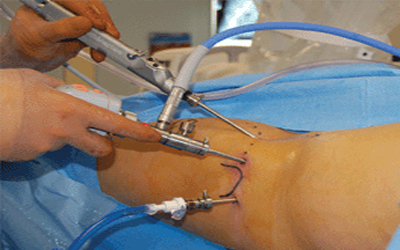
Hips
- Labral Tears.
- Loose Cartilage Bodies.
- Cartilage Damage.
- Arthritis.
- Snapping Hip Syndrome
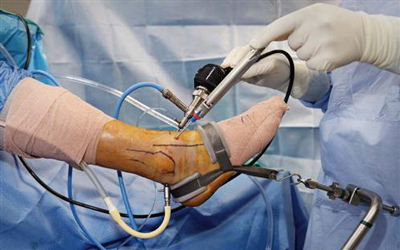
Ankles
- Cartilage Damage.
- Bone Spurs.
- Posterior Ankle Pain.
- Scar Tissue or Loose Debris.
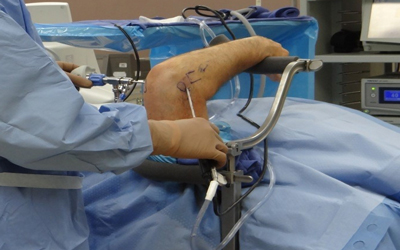
Elbows
- Cartilage Damage.
- Loose Cartilage Bodies or Debris.
- Bone Spurs.
- Tennis Elbow.
- Arthrofibrosis.
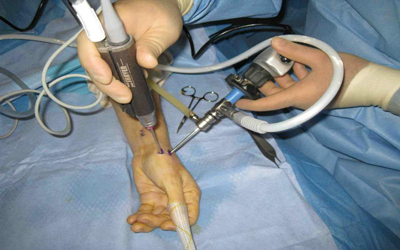
Wrists
- Ganglion Cysts.
- Ligament Injury.
- Fractures.
Advantages of Arthroscopy
- Day care procedure.
- Minimal incision less blood loss, decreased infection rate, faster recovery.

